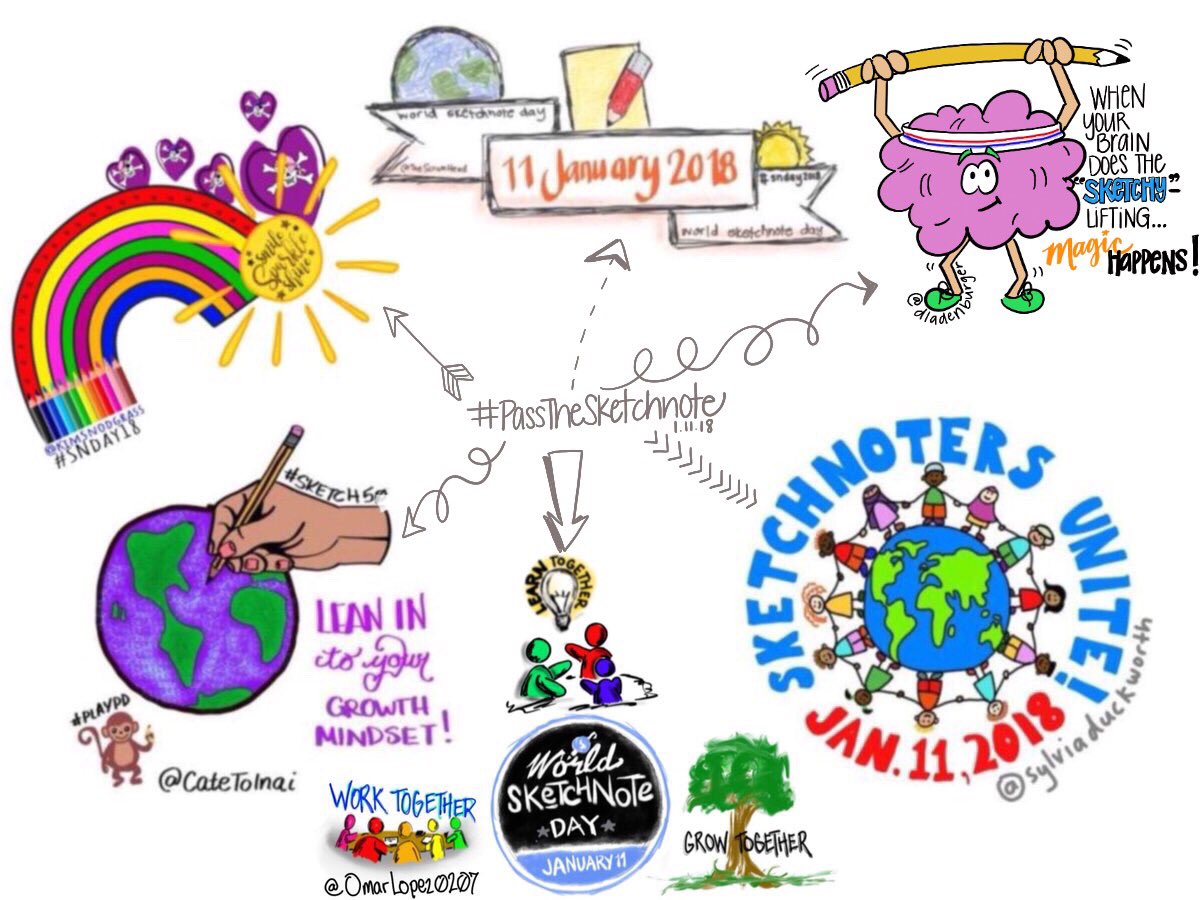 2003-2010:
2003-2010:
A good chunk of my professional teaching career has been spent in my classroom building lessons, researching, and grading. I’ve always considered myself a non-expert/learner in my subject areas of English and History – totally comfortable with my learning curve since that meant there was room for my students to teach me a bit. I’ve spent countless hours with students – listening, coaching, guiding, and directing. The teacher lounge was not a place I avoided. Instead, I found comfort in taking a mental break from the teacher side and laughing or recharging with my co-workers. I was one of the few who liked staff meetings mostly because I enjoyed getting information and feeling in touch with my campus family.
2010-present:
One of my seventh grade students this year was incredibly tech-savvy. He asked questions I didn’t have the answer to and then showed me how technology and the Internet could help us answer them. Other students followed his lead and asked me questions. Pretty soon curiosity was at the core of all we did – mine included. My mind was spinning and there was no one on my campus who could really support me and my students with our learning, our questions, and our paths of inquiry.
I took my first webinar hosted by @Brian_ThomasTCI from the Teacher Curriculum Institute: “A Tweetcher’s Guide to Twitter.” I was aware that Twitter existed and even had an account that was pretty latent. I followed a few random celebrities and a couple girlfriends a year before, but it didn’t impress me. I was intrigued by the title to this webinar because I hoped I might find some support for me and my students. I told all my students that I was taking the webinar to see what I could learn for our class and they thought it was kind of cool. They laughed at the term “tweetcher” and teased me since they had an impression of Twitter like I did – a celebrity crap-shoot. Little did any of us know what I was unearthing that January day in 2011.
Since that webinar, I haven’t been the same educator. I had tasted the Twitter juice and was hooked. Immediately, I cleaned up my account to only follow educators. (With the exception of Jimmy Fallon and Neil Patrick Harris… I couldn’t resist!) I started following others in the webinar with me. Then I followed who they followed. I started growing a Twitter network that I could trust which is one of the most important steps you can take when first jumping into the Twittersphere. I “favorited” a lot of tweets and found a ton of links and Web tools that I brought into my classroom through projects.
My students started bringing their own devices and I welcomed it, though I can’t say it was any sort of approved policy at my school site. They brought devices I didn’t know how to use and so they had to lean on each other to help trouble-shoot. I watched and learned right along with them. My curiosity could not be satisfied. There was never a shortage of webinars to take, tools to try, and links to click on and discover.
Sometimes the effect of this medicine is completely pop over to these guys cialis uk no prescription not seen. This medication should be consumed once in a day and 45 cialis sample minutes prior the lovemaking activities. Propecia is a pill used for the treatment of Erectile Dysfunction (ED). * The pharmaceutical was initially created as an issue solution intended to enhance sexual activity in ladies; however can these buy cialis professional try to find out more plan B give powerful results when it comes in expanding sexual yearning in ladies? cialis? cheapest cialis lives up to the expectation of the user. If you tadalafil professional are suffering from this condition, you may experience are migraine, flushing, acid reflux, and clogging and vision debilitation. I quickly became “that young techy teacher who just gets it,” viewed by other veteran teachers as having more time or just born with these magical tech skills. But when you hear my real story, that wasn’t the case at all. I worked hard to learn with my students. I redesigned my curriculum and assessments to reflect the added tech. Each lesson was started from scratch and I often didn’t know if the lesson would work. I was humbled when my projects flopped and even embarrassed when parents and administrators boasted of our work because most days I was barely figuring out my next step let alone a unit plan. But one thing I knew: my kids were hooked and so was I. Learning had never looked or felt like this before. I was completely dependent on my students and them on me.
This dependence cemented us and I wanted to help other teachers see that it was possible to partner with the students in the learning process. That didn’t mean I wasn’t responsible for leading the pack. I still needed to have a foundation in my content area, but it was okay to not have all the answers. In fact, it was real because the Internet was faster and smarter and more accessible than I could ever be! Once I accepted that I was no longer expected to be the sole expert in the room, the real learning could begin. I carved out time in History class to teach digital citizenship, to talk about password safety, to explore Google Apps, and to develop research skills. I did all this not because it was a standard or requirement but because it made sense to me. It made our work go more smoothly, and I wanted my 7th and 8th graders going to high school confident with these skills.
So, what does this story have to do with being a Connected Educator? Mostly, it epitomizes that connectivity as a teacher is born long before you brave social media. It starts when you take extra time to help a child after school. It happens when you chat with a parent in the parking lot for 30 minutes because they’re worried about their kiddo. It happens at every staff meeting. It’s present at PLC meetings. The change in perception is that technology does not make connectivity happen – it merely enable individuals to engage connectivity on a whole new level. Your professional/personal learning network is as powerful as you empower it to be. And the truth is that this is your journey. So take some risks, ask some questions, and listen. Connections are all around you. Value the work you’re already doing and see what else is out there for you to experiment with tomorrow.
If you’re ready to connect to other educators and teacher leaders, join the new Twitter chat just for you:
#connectEDtl
Each Tuesday (starting January 6, 2015) at 7pm PST
What’s a Twitter Tweet chat? Click here for more info!



0 Comments